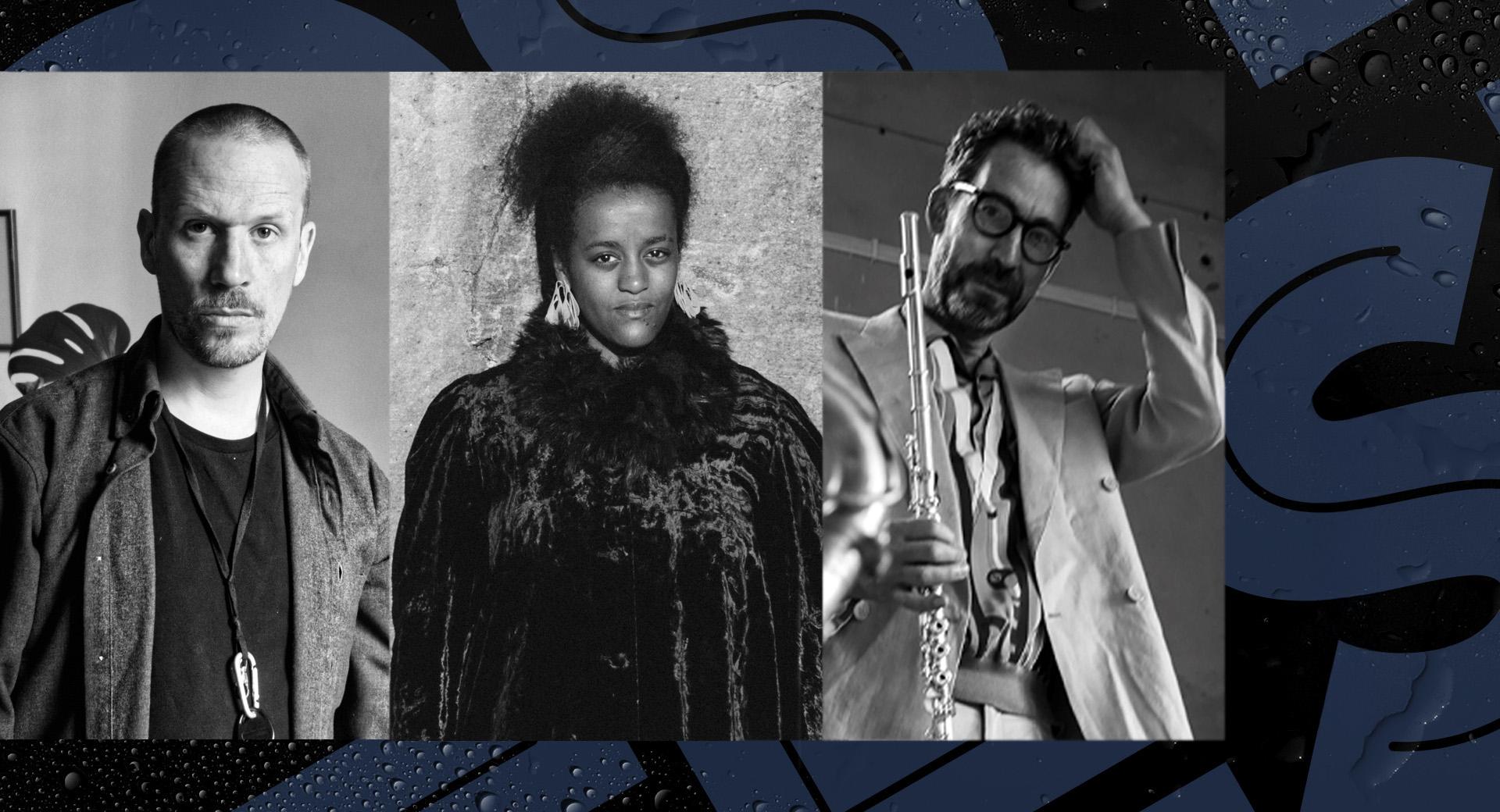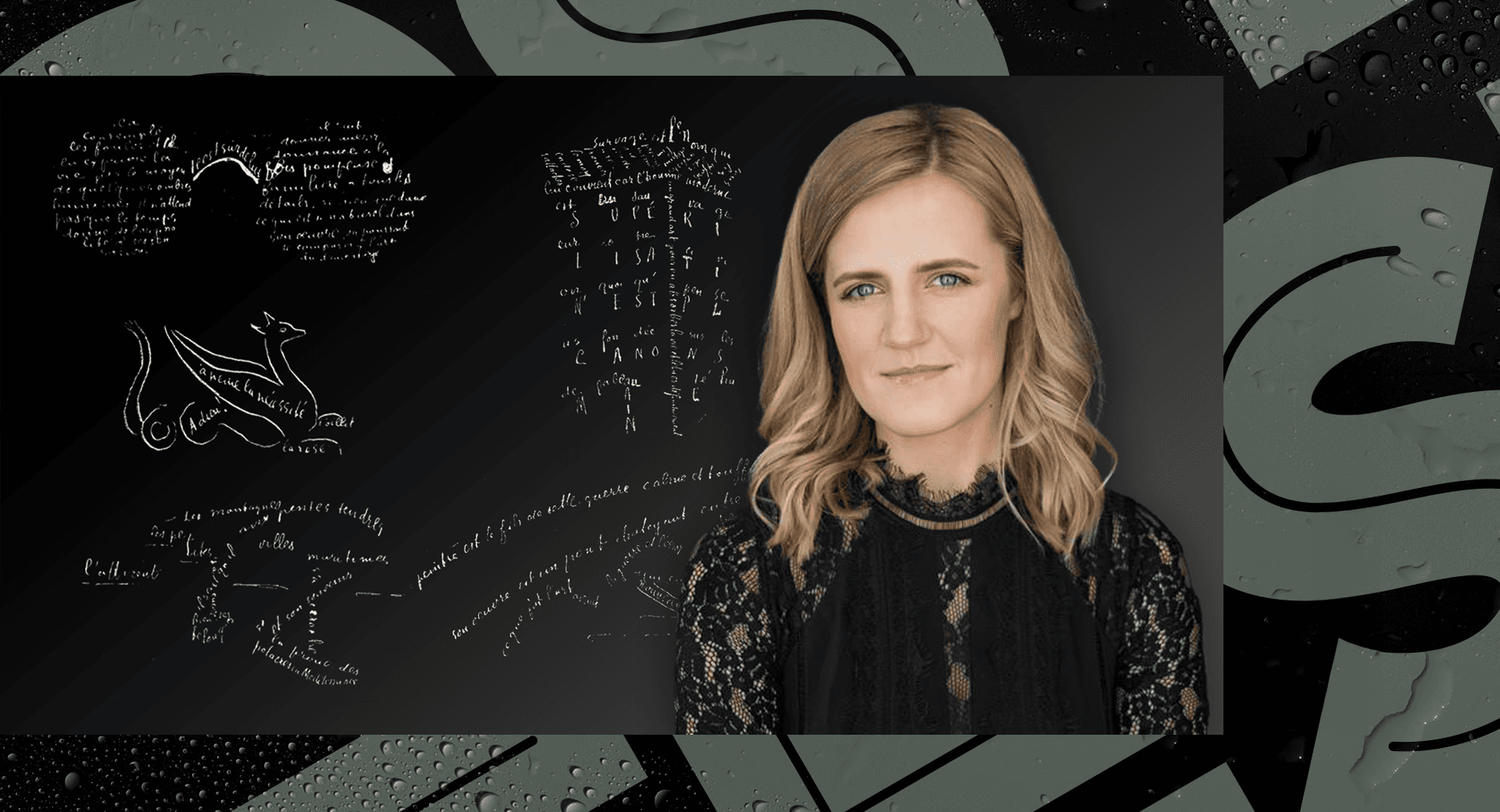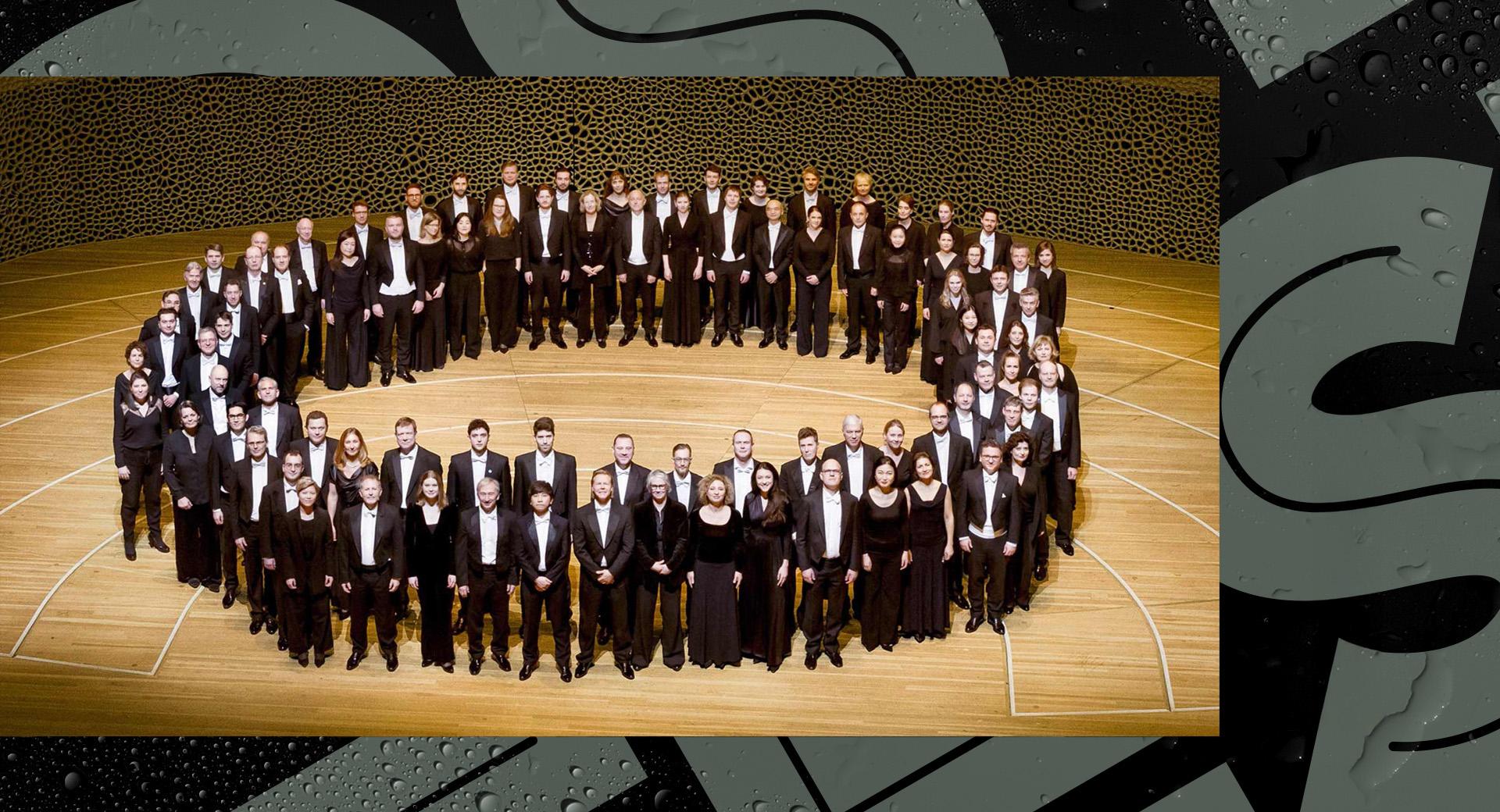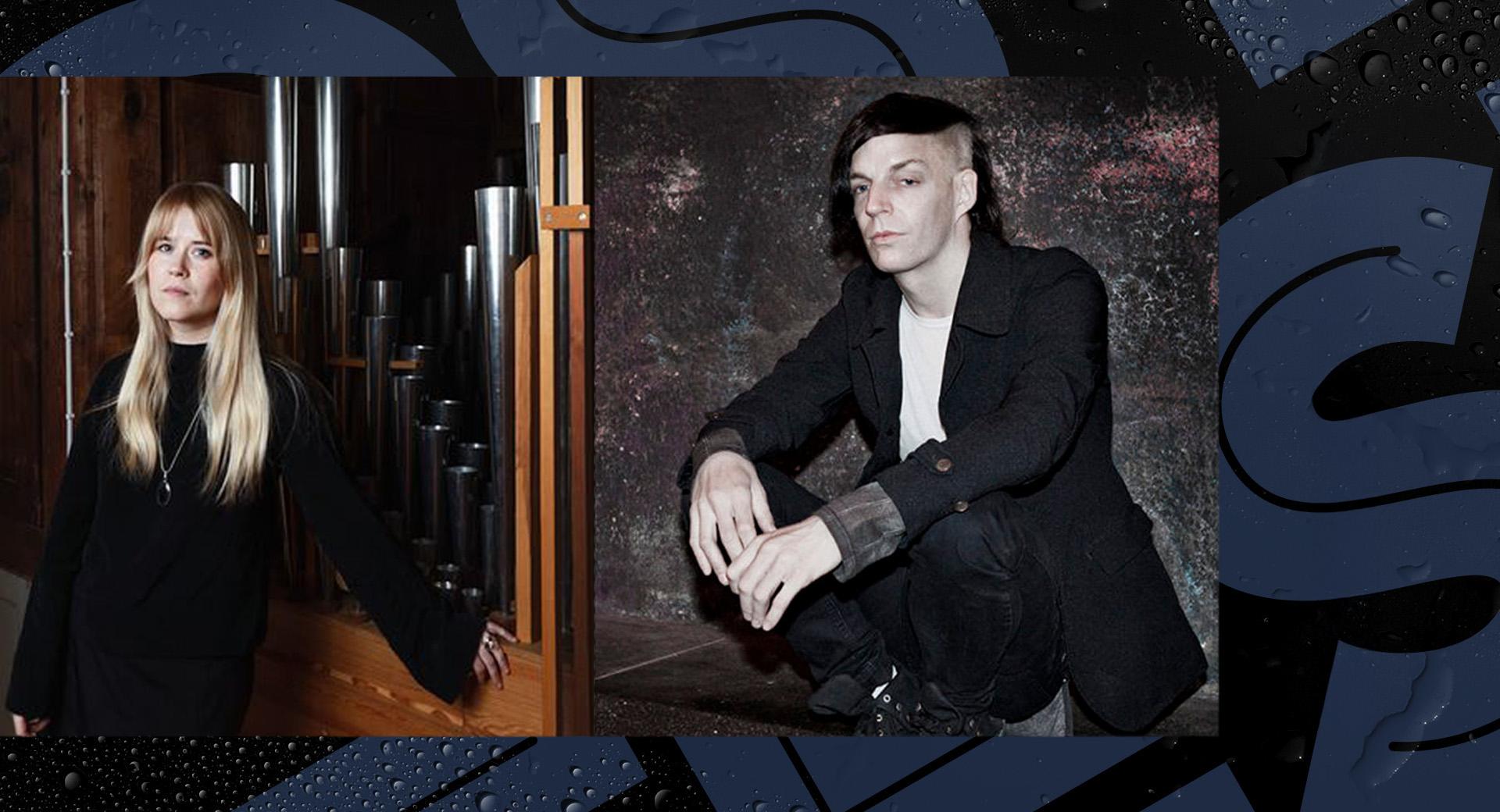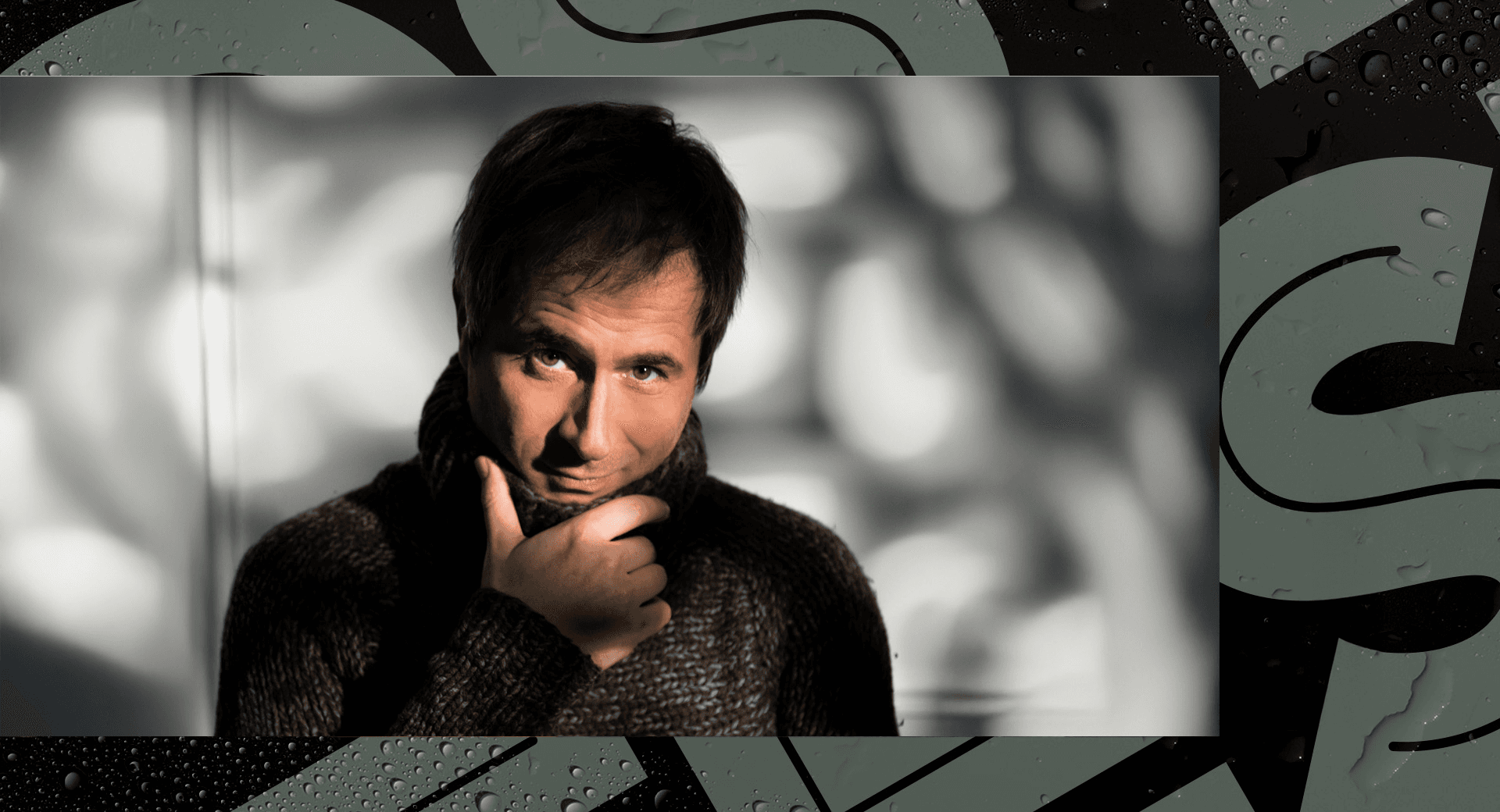Schubert's Octet with Janine Jansen
Star violinist Janine Jansen invites you to an evening entirely devoted to Schubert's magnificent octet at Musikaliska Kvarteret in Stockholm.
This production is part of one or more concert series.

Tickets available at Musikaliska Kvarteret. Click to buy tickets.
Believe me when I say you can handle it
You seem normal and even healthy and fit
And I suppose you can mend stockings
You have pretty nice skin and regular teeth
With these lines, most Swedes have probably approached Franz Schubert’s Octet in F major. The text is the opening phrases of the song Du går an (You will do) from beloved Swedish comedians Hasse and Tages’ revue Spader, Madame! from 1969. The revue was full of satirical lyrics, all to the tunes of various works by Franz Schubert, with Monica Zetterlund’s Donna Juanita (melody: second movement of the sixth symphony) as the main surviving number. Grynet Molvig and Tage Danielsson perform the sharp text in Du går an to notes taken from the fourth movement of the octet.
And the music is certainly suitable for a love duet, as sunny as it is. The basic mood of the entire octet is bright and clear, even though most of the works Schubert wrote at the same time in his life had a tragic and melancholic tone. The fact that he had been afflicted with syphilis, the painful disease that would lead to his death, is said to have been a contributing factor to this. “Every night when I fall asleep I hope I will not wake up again, and every morning I am reminded only of the misfortune of the previous day,” Schubert wrote in a letter the same year he composed the Octet in F major.
Inspired by Beethoven
The octet was commissioned by Count Ferdinand von Troyer. The Count was a skilled clarinetist with a great passion for Ludwig van Beethoven and especially his Septet in E flat major from 1800. Now he commissioned Schubert to compose something in the same style and tradition. Beethoven himself is said to have expressed that he wished the septet had been burned, and was very irritated that the audience in Vienna stuck to older works while his compositions continued to develop. Schubert, however, listened to his client’s wishes and wrote music that resembled Beethoven in terms of light tone, instrumentation and form. However, he added a second violin to the arrangement, and musically the clarinet is particularly highlighted so that von Troyer could shine.
Between the light and fast strokes of the two outer movements, two slow movements and two with a dance character follow; the minuet has a folk song as its basis and breathes idyllic country life, while the scherzo with its galloping rhythm depicts various hunting motifs. The finale has a slow introduction with muffled sounds that could be an expression of Schubert’s own suffering. But it is replaced by a lighter mood and a variation theme in which the different instruments are allowed to shine. This personal depth contrasted with the light and entertaining music that distinguished the divertimento tradition of classicism, with Haydn and Mozart as masters, and gave a premonition of the more subjective expression of romanticism. Schubert’s octet is located in a borderland.
Four years after he completed the work, Schubert died. By this time, the audience had moved on and his music fell into oblivion. The octet was not published until 1889, thanks to the persistent advocacy of Johannes Brahms. At the same time, Franz Schubert’s remains were moved to Vienna’s Zentralfriedhof and buried next to Beethoven’s, where the two still rest today.
Text: Clara Mårtensson
Ticket purchase
Schubert's Octet with Janine Jansen
Saturday September 6th 2025 19.00
- Tickets
6 September 2025 ● saturday 19:00
Seats left
Read more about this year's festival
This year’s edition of the Baltic Sea Festival offers magnificent concerts and exciting discussions focusing on nature, creativity, collaboration, and music. Read more about the festival.
